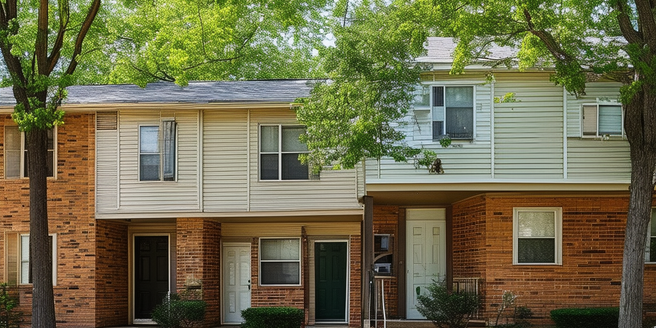Understanding the Basics of Section 8 Housing
The government’s Section 8 program, rooted in the Housing Act of 1937, is designed to help low-income households find affordable housing. This initiative seeks to offer every citizen the basic human right of decent living conditions. It operates through the voucher program, the project-based program, and public housing. The voucher program is a well-received aspect that allows beneficiaries to find their own housing, aligning with the belief that they are in the best position to judge their own needs. The project-based program provides housing through direct contracts with private owners, offering an immediate solution to the housing crisis. Meanwhile, public housing involves the government owning and managing housing projects to protect vulnerable populations. Over time, Section 8 has evolved with these three distinct strategies, all aimed at reducing homelessness and ensuring affordable housing. They function as crucial components of this comprehensive subsidy program, testament to the government’s commitment to affordable housing for everyone.
Eligibility Criteria: Does Section 8 Housing Apply to You?
Section 8 housing offers a lifeline for many Americans, basing eligibility on income, family composition, and citizenship status. The applicant’s income should not exceed 50% of the median income for their geographical area, a rule designed to extend benefits to those most in need. Family size and composition, including age, sex or disabilities, are factors affecting eligibility and ensure aid is correctly allocated. Applicants must hold U.S. citizenship or possess eligible immigration status to be considered for assistance. So, although Section 8 housing eligibility may seem complex, it’s structured to authenticate beneficiaries are U.S. citizens or eligible immigrants, have a family composition that meets program criteria, and an income level not exceeding 50% of the local median income.
Navigating the Application Process for Section 8 Housing
Applying to the Section 8 housing program is complex. Interested parties must first complete an initial application form for their local Public Housing Agency (PHA) with information on family income, list of assets, family size, and ages of each family member. The PHA ensures fair distribution of housing assistance to those in need. This application, which involves providing personal and financial details, is designed to determine if the applicant qualifies as a low-income family, according to the guidelines laid out by the United States Department of Housing and Urban Development (HUD). However, even after submitting the application, a lengthy waiting period usually follows due to high demand and limited availability of affordable housing. The discrepancy between the high number of applications received and the limited availability of houses lead to this waiting list, demonstrating that the demand for this subsidized housing often surpasses the resources. Despite the complex application process and the potential waiting period, perseverance and careful detailing in the application can increase the chances of approval.
Choosing the Right Property: Tips and Tricks
Choosing a Section 8 property involves considering safety, distance to amenities like schools or workplaces, and the quality of the neighborhood. Ensuring the location has a good safety record, is near important places like schools or workplaces, and has a high-quality neighborhood can influence your decision. Bear in mind though that not all landlords accept Section 8 vouchers, a government initiative to aid economically disadvantaged individuals or families with rent costs. Also crucial is the property meeting health and safety standards required by Section 8, such as working utilities and structural soundness, which contribute to a comfortable, worry-free living experience.
Maintaining Compliance with Section 8 Housing Guidelines
Becoming a part of the Section 8 program entails not only getting accepted but also adhering to its guidelines to ensure smooth operation. Key responsibilities include paying your rent promptly, keeping the property clean, maintaining it in good condition, and keeping open and constant communication with your housing authority. The program expects you to notify them of significant life changes like changes in income, family size, or living conditions. These guidelines form the bedrock of a stable housing situation provided by the program, so it’s in your interest to follow them to benefit from the program’s privileges.



